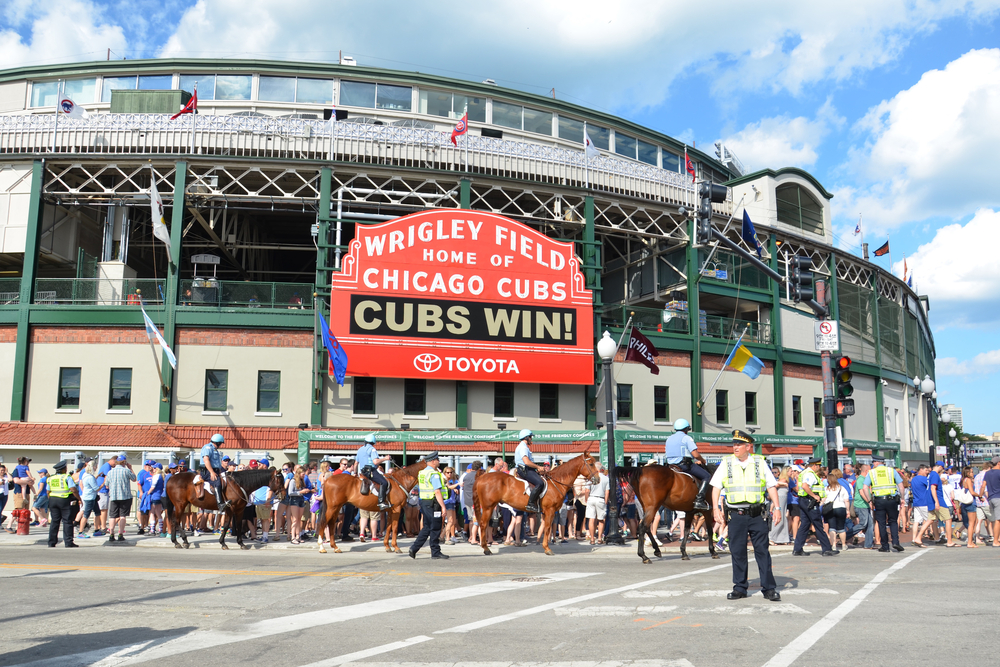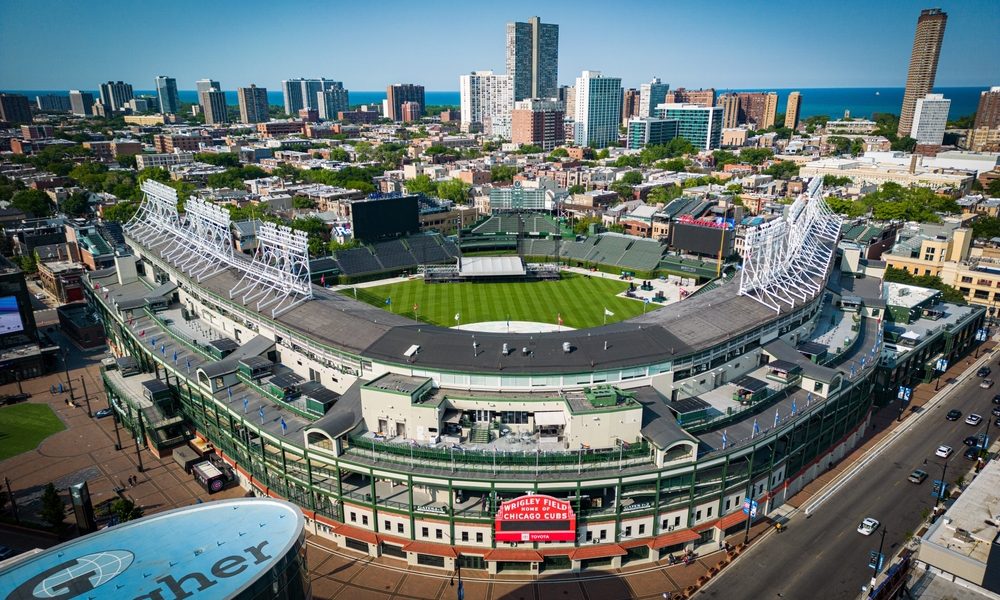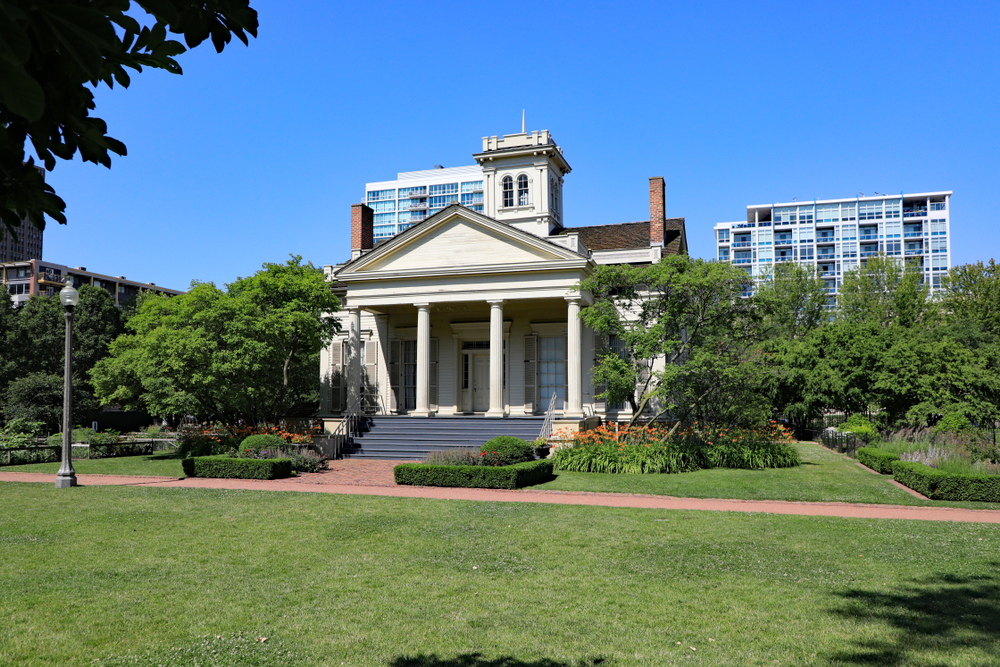Wrigley Field, nestled in the residential neighborhood of Lakeview on the North Side of Chicago, stands as one of the most iconic and storied ballparks in Major League Baseball (MLB). Known as the home of the Chicago Cubs, it’s the second-oldest ballpark in the majors after Boston’s Fenway Park.
History
Wrigley Field was built in 1914 as Weeghman Park for the Chicago Whales, a Federal League baseball team. After the Federal League folded, the Chicago Cubs moved into the park in 1916. It was renamed Cubs Park from 1920 to 1926 after which it was named Wrigley Field in honor of William Wrigley Jr., the chewing gum magnate and then-owner of the Cubs.
The ballpark has undergone significant renovations throughout its history, including the addition of its iconic ivy-covered outfield walls in 1937 and the installation of lights in 1988. Despite modern updates, Wrigley Field has retained much of its original charm, offering a nostalgic baseball experience.
Design and Features
Wrigley Field’s red marquee, which sits over the main entrance, is one of the most recognized features of the ballpark. It has been welcoming fans since 1934 and is a symbol of the park’s historic presence. The manual scoreboard, which dates back to 1937, is another defining feature, with its scores still being updated by hand.
The ivy-covered brick outfield wall is a signature element, along with the iconic rooftop bleachers on buildings across Sheffield and Waveland Avenues, which offer unique vantage points to watch games.
Capacity and Seating
The ballpark has a seating capacity of over 41,000, offering a range of seating options from the vintage wooden seats in the upper deck to the modern boxes and luxury suites.
Atmosphere and Culture
Attending a game at Wrigley Field is about more than just baseball; it’s about the experience. The ballpark is known for its vibrant atmosphere, with traditional organ music and the singing of “Take Me Out to the Ball Game” during the 7th-inning stretch. The surrounding neighborhood, often referred to as Wrigleyville, buzzes with energy on game days, filled with fans at local bars and restaurants.
Renovations and Modernization
The 1060 Project, initiated in 2014, was a multi-year plan to restore and modernize Wrigley Field while preserving its historic character. Improvements included expanded concourses, new club areas, updated amenities, and the addition of the Park at Wrigley – a year-round gathering space for fans and visitors.
Notable Events
Wrigley Field has been the site of numerous historic moments, including Babe Ruth’s “called shot” in the 1932 World Series and Ernie Banks’ 500th home run. The park has also hosted various other events, such as concerts, hockey games, and football games throughout its history.
Visiting
Tours of Wrigley Field are available, providing fans with an opportunity to explore the stadium’s concourses, bleachers, press box, and on non-game days, the dugouts and field.
Address
The address for Wrigley Field is:
Wrigley Field
1060 W. Addison St.
Chicago, IL 60613
USAConclusion
Wrigley Field is not just a ballpark; it’s a piece of American cultural fabric. Its brick and ivy façade, classic scoreboard, and distinctive neighborhood vibe make it a must-visit for baseball fans and history enthusiasts alike. A symbol of tradition in a fast-paced, ever-changing world, Wrigley Field remains a cherished landmark where the past and present of America’s favorite pastime continue to play ball.









